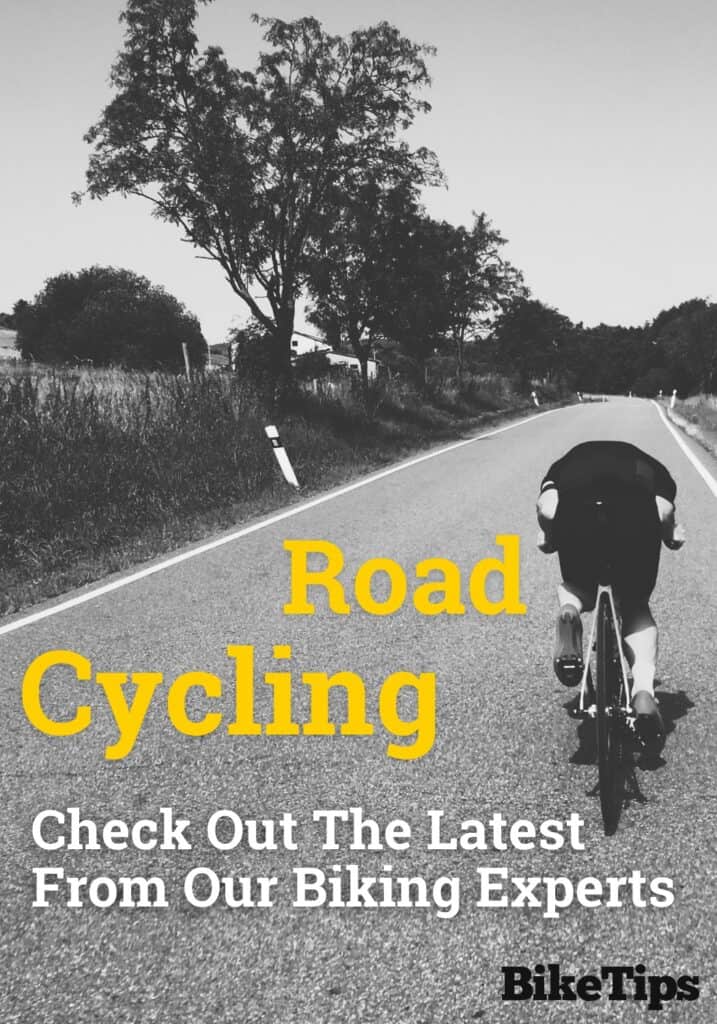According to its creator, Dr. Iean Smith, the Clean 20 diet plan focuses on 20 nutritious foods considered the 20 clean foods for weight loss and health.
Dieters are supposed to consume these twenty clean eating foods and simultaneously remove ultra-processed foods over a twenty-day weight-loss diet for optimal health.
In this guide, we will discuss the Clean 20 Diet, its philosophy, the foods you are allowed to eat, and the foods you should avoid so you can decide if this eating plan is right for you and your nutritional needs.
Keep reading to find out!
Lets jump in!

What Is the Clean 20 Diet Plan?
The Clean 20 diet was created by Dr. Ian K. Smith, a physician, TV personality, and New York Times bestselling author.
Dr. Smith also developed a number of other popular weight loss programs, such as SHRED.
The Clean 20 diet plan is unique in that it focuses on 20 specific foods that Dr. Smith has deemed the clean 20 foods that dieters are supposed to consume for optimal health over a 20-day weight loss diet.
According to Dr. Smith, you can lose up to 10 pounds in 20 days by eating these 20 foods while boosting your overall health.

How Does the Clean 20 Diet Work?
The Clean 20 diet plan is not as vigorously laid out as some fad weight loss diets where you exclude major food groups and must eat specific meals or a certain number of calories daily.
Rather, the Clean 20 diet plan is a relatively well-balanced weight loss diet designed to crowd out processed food and junk food while honing in on 20 of the healthiest foods, per Dr. Ian Smith.
As much as the Clean 20 diet plan is about eating the 20 clean foods for weight loss and health, it is equally about removing ultra-processed foods from the diet.
Processed foods are those that have been manipulated in some way from their original state so that the ingredients have been combined and/or refined from their whole, natural, unprocessed state.
When nutrition professionals talk about processed foods, there is a continuum of how much processing occurs. Even many healthy foods that registered dietitians and nutritionists recommend are somewhat processed.

For example, when eating whole rolled oats, some processing has already occurred to the oat grain. Oats have an external hull or shell that is removed to yield rolled oats.
Oat groats are the true, unprocessed oat green.
However, rolled oats are minimally processed and retain most of the brand, which has the fiber, B vitamins, protein, and other micronutrients that make whole grains healthier than refined grains.
However, you can also buy quick oats, which are milled down further so much of the outer bran on the rolled oat flake is removed. This would be a more processed form of oats.
Then, you start getting into the ultra-processed oats, such as oatmeal packets that have all sorts of powdered sweeteners and stabilizers, so you just need to add water to make a sweet porridge.
Or, there are ultra-processed granola bars such as Quaker Chewy Granola Bars, which use processed oats and many other processed ingredients, including sweeteners and chocolate chips with soy lecithin.
All of this is to say that minimally processed foods are still often considered extremely nutritious and are prioritized in the diet; you dont have to eat all unadulterated foods picked right from the plant.

However, the emphasis should always be on staying as close to the natural state of the food as possible rather than reaching for the ultra-processed foods.
Although many ultra-processed foods are tasty and convenient, numerous studies have linked the consumption of ultra-processed foods with a number of lifestyle diseases such as obesity, hypertension, high cholesterol, heart disease, and type 2 diabetes.1National Institutes of Health. (2019, June 4). Eating highly processed foods linked to weight gain. National Institutes of Health (NIH). https://www.nih.gov/news-events/nih-research-matters/eating-highly-processed-foods-linked-weight-gain
But, why are ultra processed foods so bad for you?
Of course, it is worth mentioning that enjoying ultra processed foods once in a while, or in moderation, is OK.
You dont have to strive for perfection, but if eating clean is your goal, you want to minimize how frequently and how much you are eating ultra-processed foods.
The reasons that these highly processed foods are particularly bad for health and weight loss are twofold.
In terms of weight loss, many of the ultra-processed foods are manufactured to be highly palatable.

This means that food scientists and manufacturers develop combinations of fat, salt, and sugar that tickle our taste buds and stoke pleasure centers in the brain so that we crave more and more of the food.2Gordon, E., Ariel-Donges, A., Bauman, V., & Merlo, L. (2018). What Is the Evidence for Food Addiction? A Systematic Review. Nutrients, 10(4), 477. https://doi.org/10.3390/nu10040477
In fact, studies have found that sugar and high fructose corn syrup are as addictive as drugs like cocaine,3Lenoir, M., Serre, F., Cantin, L., & Ahmed, S. H. (2007). Intense Sweetness Surpasses Cocaine Reward. PLoS ONE, 2(8), e698. https://doi.org/10.1371/journal.pone.0000698 triggering the same dopamine release and pleasure centers in the brain so that we crave more and more sugar.4Wiss, D. A., Avena, N., & Rada, P. (2018). Sugar Addiction: From Evolution to Revolution. Frontiers in Psychiatry, 9. https://doi.org/10.3389/fpsyt.2018.00545
If you are trying to lose weight, these types of cravings and addictions can make it harder to be mindful of your portion sizes, and you may overeat these foods.
Moreover, because many satiating nutrients, such as protein and fiber, have been largely removed from the natural state of the food and transferred to its processed state, ultra-processed foods are much less filling.

This will mean that you will feel hungrier soon after eating a bowl of Lucky Charms compared to a cup of overnight oats made with whole oats and healthy protein and fat.
Then, you will be inclined to snack or eat more foods or have larger portions, increasing your caloric intake.
Finally, ultra-processed foods are less nutrient-dense but more energy-dense. This means you are getting fewer nutrients per gram or volume of the food but more calories.
Research suggests that eating low-energy-density foods supports weight loss and improves health compared to eating high-energy-density foods.
Lastly, although not necessarily linked directly to weight loss, eating ultra-processed foods is poor for your health.
These foods are packed with added sugars, salt, and processed oils, all of which have been linked to adverse health conditions. This diet aims to blast the sugar out of your diet!

What Foods Can You Eat On the Clean 20 Diet?
Although the Clean 20 diet plan lists 20 of the best foods to eat for weight loss according to this program, Dr. Ian Smith also provides what he calls basket buddies.
These are healthy alternatives similar to the food he suggests on the meal plan for those who do not like that food or need an alternative for one reason or another.
The 20 foods to eat on the Clean 20 diet meal plan include the following:
The 20 Clean Foods
- 1. Avocados
- 2. Berries (Basket Buddies: apples, pears, mangoes, bananas, watermelon, honeydew melon, cantaloupe, oranges)
- 3. Cheese
- 4. Chicken
- 5. Chickpeas (Basket Buddies: black beans, red beans, cannellini beans, pinto beans, lima beans, black-eyed peas, peas, corn)
- 6. Eggs
- 7. Kale (Basket Buddies: Other leafy greens such as arugula, bok choy, Brussels sprouts, cabbage, cauliflower, collard greens, spinach, swiss chard, watercress)
- 8. Lemons (Basket Buddies: Other tart citrus such as limes, and grapefruit)
- 9. Lentils
- 10. Nuts (Basket Buddies: Healthy seeds such as flax seeds, chia seeds, hemp seeds, pumpkin seeds, and sunflower seeds)
- 11. Oatmeal (from whole oats, not quick oats)
- 12. Seafood (Basket Buddies such as cod, crab, halibut, lobster, oysters, salmon, sea bass, shrimp, and tuna)
- 13. Squash (Basket Buddies: broccoli, carrots, cucumbers, eggplant, parsnips, and zucchini)
- 14. Sweet potatoes
- 15. Tomatoes
- 16. Turkey
- 17. Quinoa
- 18. 100 percent whole-grain or whole-wheat bread with no preservatives, additives, or sweeteners
- 19. 100% Whole-wheat pasta
- 20. Yogurt with no added sugar or sweeteners
The Clean 20 diet book provides Clean 20 diet recipes or suggested meals for all days on the meal plan.
There are also lessons and information about healthy eating and making healthy food choices.
Alongside the Clean 20 diet meals and foods, there is the Lets Get Physical” exercise component of the Clean 20 diet plan for weight loss.
Dr. Smith recommends doing at least 20 minutes of exercise a day and gives the following suggestions:
- 15,000 steps a day.
- Five flights of up and down a minimum of 10 steps.
- 150 jumping jacks.
All of these workouts can be broken into sets throughout the day.

Overall, the Clean 20 Diet plan is fairly well-balanced for weight loss and health. It focuses on nutrient-dense, unprocessed foods and removes added sugar and processed foods.
The inclusion of exercise supports weight loss and health5Fock, K. M., & Khoo, J. (2013). Diet and Exercise in Management of Obesity and Overweight. Journal of Gastroenterology and Hepatology, 28(4), 5963. https://doi.org/10.1111/jgh.12407 and is a staple for healthy living.
However, claiming that dieters can lose 10 pounds in 20 days is misleading, as much of the initial weight loss will be water weight.
You should aim for 1-2 pounds of fat loss per week through modest caloric restriction and increased physical activity.6Centers for Disease Control and Prevention. (2022, September 19). Losing Weight . Centers for Disease Control and Prevention.
To calculate your daily calories, check out our TDEE calculator here!



